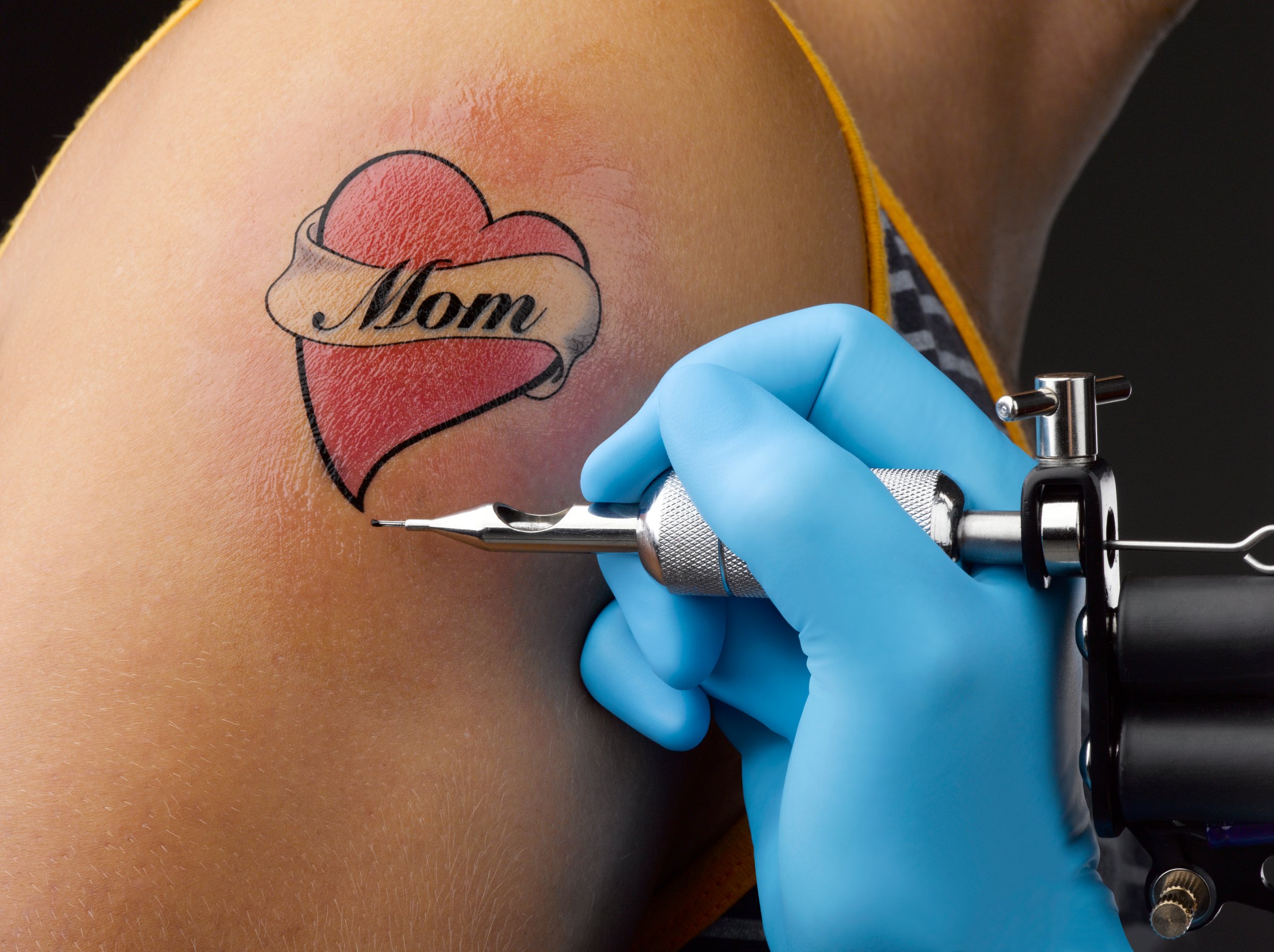
You would never think that going for a swim after getting a tattoo could kill you. But that’s what happened to one man, and his story highlights the scary infection risk associated with getting inked that many of us blow off.
Shortly after getting a new tattoo on his calf, the unidentified 31-year-old took a dip in the Gulf of Mexico and contracted Vibrio vulnificus, a bacteria that typically lurks in seawater and in raw oysters. That led to septic shock (an infection in the blood), and cellulitis, a particularly aggressive bacterial infection of the skin. Despite efforts by doctors in a nearby hospital to treat him with high-powered antibiotics, he died days later.
This case, outlined in an article in the journal BMJ Case Reports, did have special circumstances. The man had chronic liver disease, which made him more susceptible to V. vulnificus. In fact, health guidelines stress that people with chronic liver disease—or any other condition that weakens the immune system, like HIV—should avoid swimming in the sea and eating raw oysters if they have an open wound.
Though most of us don’t think of it this way, a new tattoo is an open wound, one that takes a couple of weeks to fully heal. And even for healthy people, fresh ink can be an entry point into the body for bacteria and other microbes, where they set up shop and can trigger a serious, even lethal infection.
Health.com: 9 Things That Can Hurt Your Liver
“Generally tattoos are not dangerous at all,” explains Dr. Michele S. Green, a dermatologist at Lenox Hill Hospital in New York City. But, of course, it’s a fresh wound. It’s a breach of the skin.”
Tattoos can actually be more dangerous than other cuts because they don’t just present one opening through the skin. Thanks to the needle used to inject ink over what can be a fairly large surface area, a person with a tattoo can have several very small puncture marks, all of which can be routes into your system for germs.
Besides bacteria like V. vulnificus, a person with a new tattoo can also pick up a staph infection, says Green. Staph too can be deadly. And of course, any procedure involving needles poses other risks, such as contracting tetanus, hepatitis B, and hepatitis C if those needles are contaminated.
Tattoos are also linked to dangers not associated directly with needles, including allergic reactions to dyes—especially colored dyes. They can also swell or burn during an MRI.
Health.com: How to Get a Tattoo Safely Removed
If you’re considering getting new ink, cut your infection risk by keeping the bandage on for 24 hours and coating the tattoo with a topical antibiotic ointment, advises Green, as well as moisturizer. Don’t rub the area dry after washing; pat it gently.
Don’t swim right after a procedure—that means hot tubs in addition to pools and the sea, thanks to the risk of bacteria and other germs. These precautions are especially important for anyone who has a condition that affects their immune system, including diabetes, says Green.
Finally, be smart about where you get your tattoo and who inks your skin. Go to a parlor that has the correct licenses from local and state health departments, and make sure the tattoo artist follows proper procedure. That means using sterilized needles that have just come out of a sealed package, and sterilizing all non-disposable equipment between customers.
This article originally appeared on Health.com
More Must-Reads From TIME
- The 100 Most Influential People of 2024
- The Revolution of Yulia Navalnaya
- 6 Compliments That Land Every Time
- Stop Looking for Your Forever Home
- If You're Dating Right Now , You're Brave: Column
- The AI That Could Heal a Divided Internet
- Fallout Is a Brilliant Model for the Future of Video Game Adaptations
- Want Weekly Recs on What to Watch, Read, and More? Sign Up for Worth Your Time
Contact us at letters@time.com